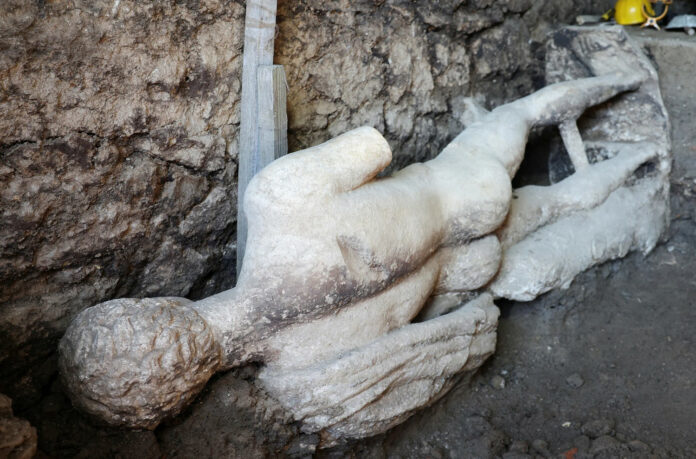Remarkable Discovery in Heraclea Sintica
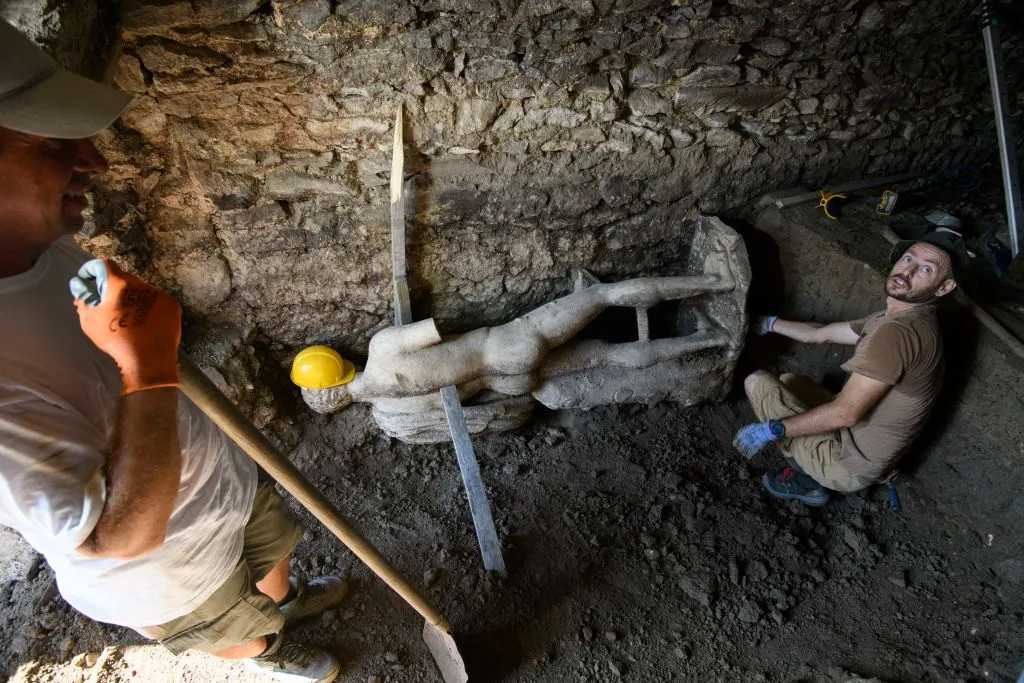
Bulgarian archaeologists have made a stunning discovery in the ancient city of Heraclea Sintica, unearthing a beautifully preserved marble statue of Hermes from an unexpected location – an ancient Roman sewer.
A Divine Find in an Unlikely Place
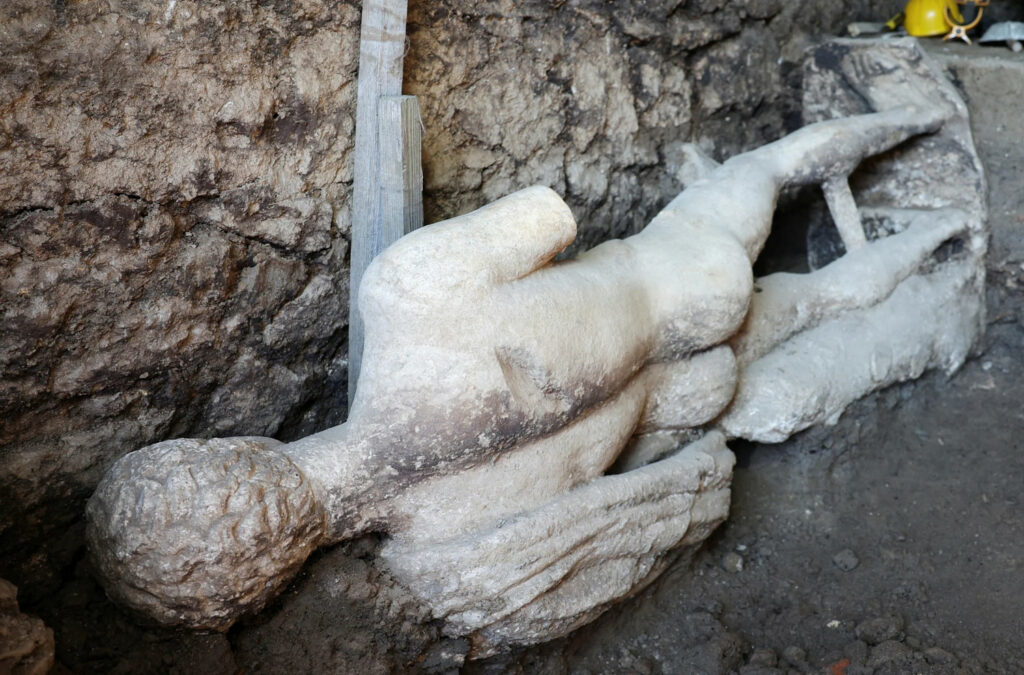
The 6.8-foot (2-meter) tall statue was found during an excavation led by Lyudmil Vagalinski. Despite its unusual resting place, the statue has survived in excellent condition, with its head intact and only minor damage to the hands.
Preserving the Past
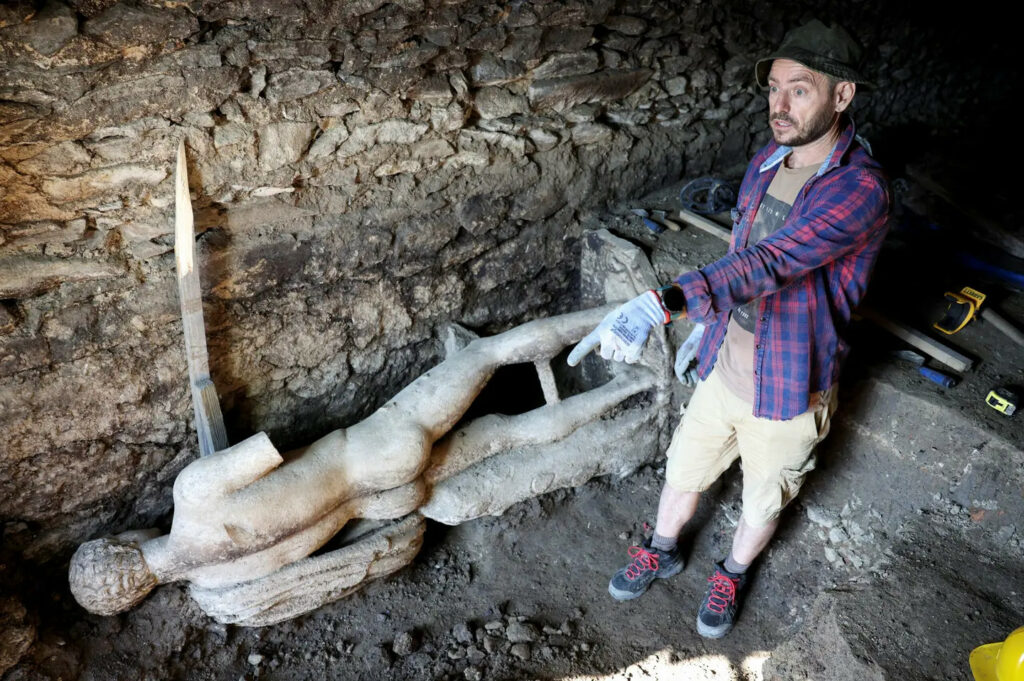
Experts believe the statue was deliberately placed in the sewer and covered with soil following a catastrophic earthquake around A.D. 388. This act of preservation suggests that even as Christianity became the official religion of the Roman Empire, the inhabitants of Heraclea Sintica still cherished their pagan deities.
Historical Significance
From Macedonian Glory to Roman Ruins
Heraclea Sintica, founded by Macedonian king Philip II between 356 B.C. and 339 B.C., was once a thriving urban center. However, the earthquake marked the beginning of its decline, and by A.D. 500, the city was abandoned.
A Window into Ancient Religious Practices
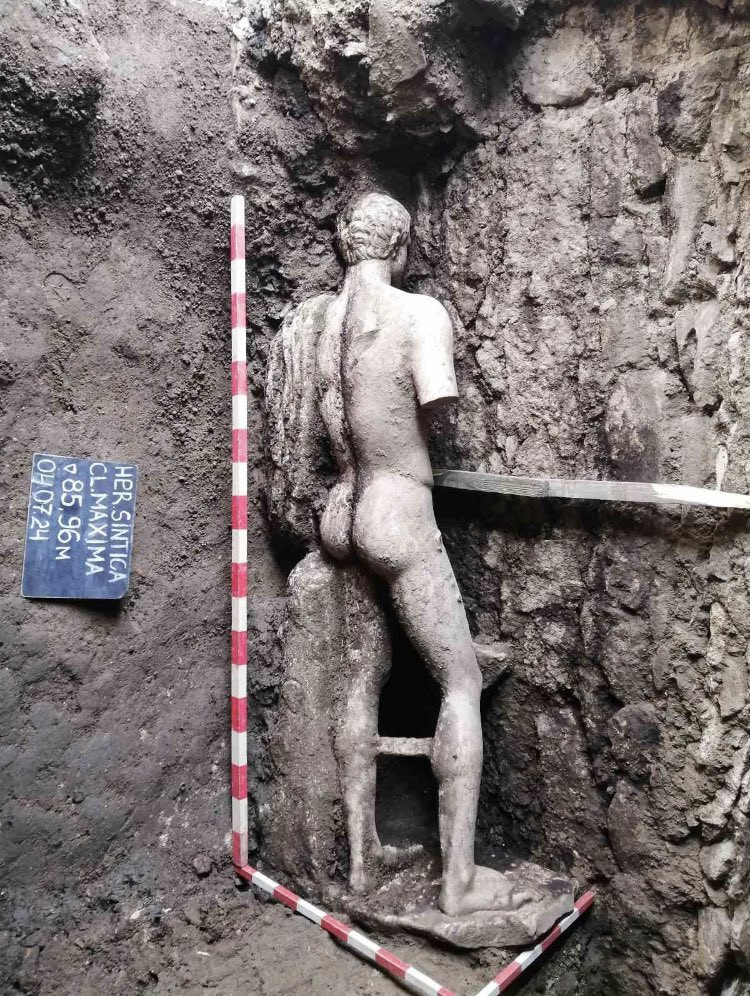
This discovery provides valuable insights into the religious transitions of the late Roman period, showcasing the enduring reverence for ancient gods even as official religious practices changed.
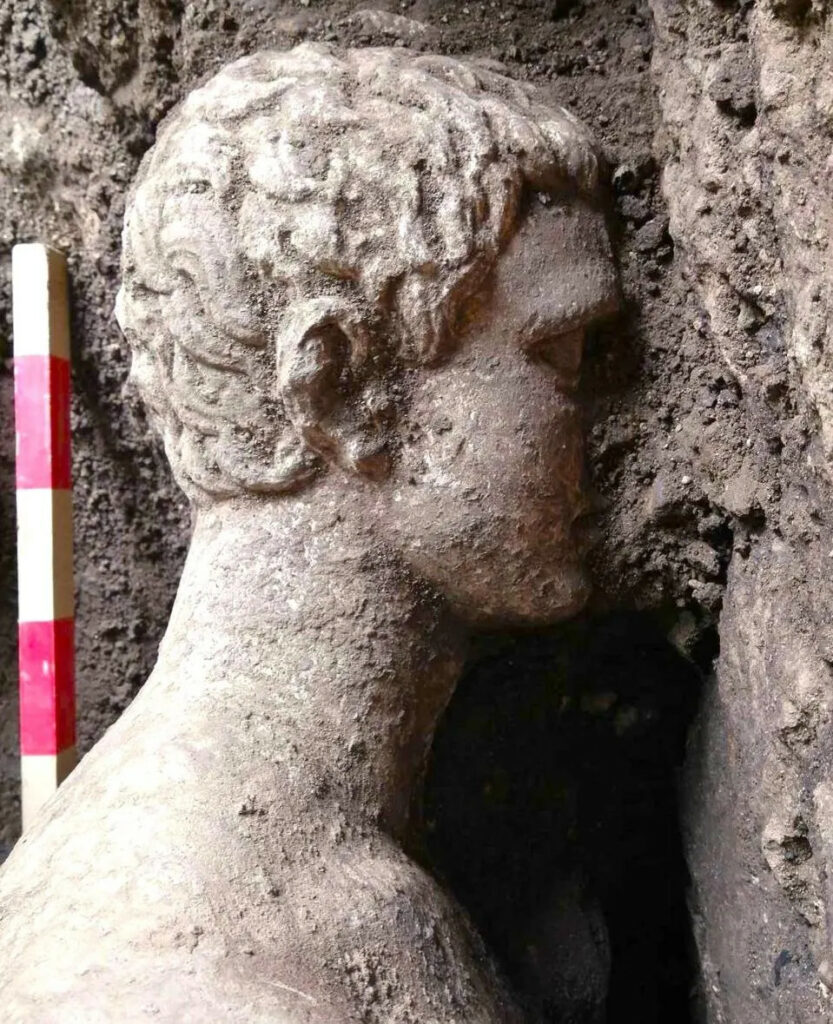
The unearthing of this Hermes statue offers a rare glimpse into the artistic and cultural heritage of ancient Heraclea Sintica, adding another fascinating chapter to Bulgaria’s rich archaeological narrative.
